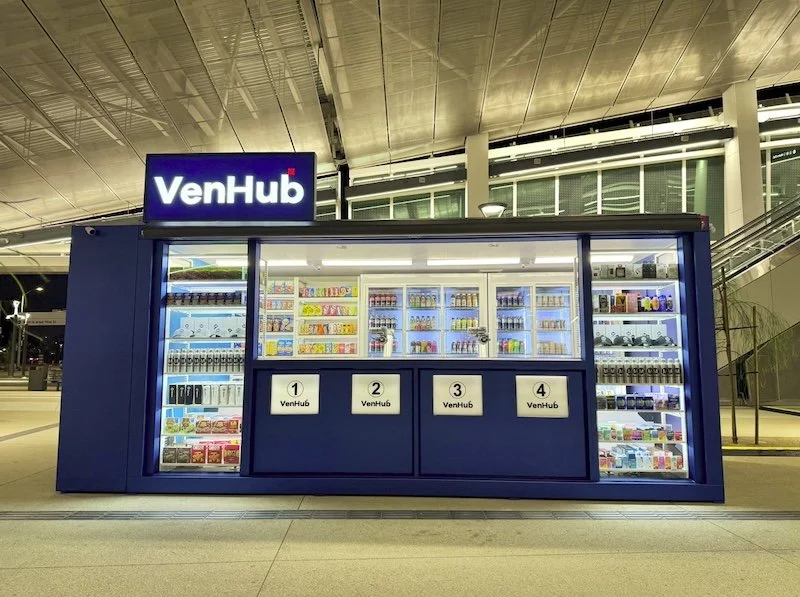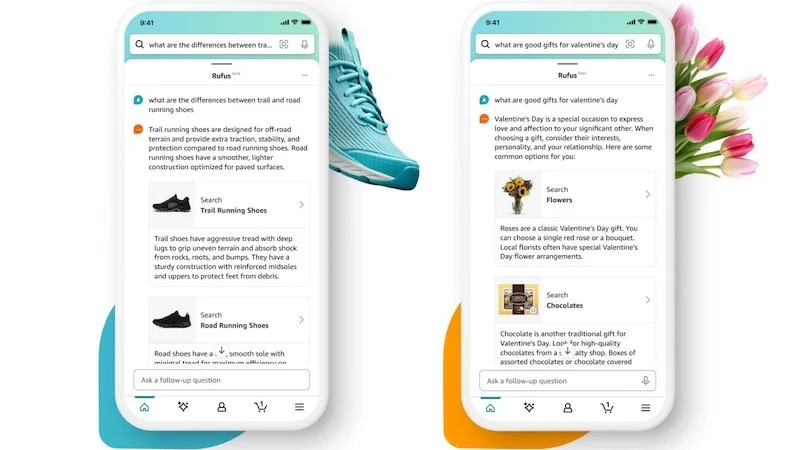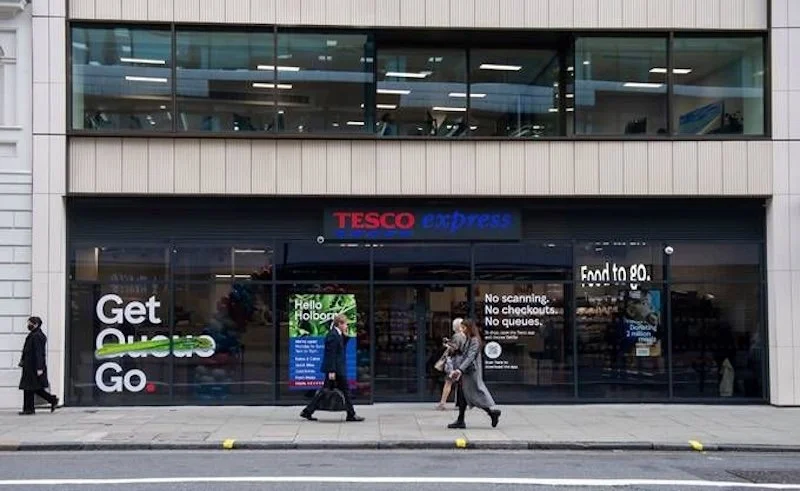CV for success: how Cv-Lite can help you land the job offer
In today’s competitive job market, your CV is your first chance to make a strong impression on potential employers. It’s not just about listing qualifications; it’s about selling your professional story in a way that resonates.
CV-Lite.com specialises in this, helping individuals craft polished, attention grabbing CVs tailored to each career journey. But what does it take to build a CV that stands out? Here, we’ll break down the essentials and share practical tips to make your CV irresistible to hiring managers.
1. Start with a strong personal summary
The personal summary is the first section employers see, and it’s crucial to grab their attention right away.
Aim to present a clear and compelling snapshot of who you are as a professional in just a few lines. Mention your primary skills, years of experience, and a career highlight that demonstrates your capability.
Example:
“Marketing specialist with over five years of experience in digital marketing and content strategy. Skilled in SEO, email marketing, and social media management, with a track record of increasing online engagement by 40% in previous roles.”
Tips for crafting a great summary
● Be specific. Avoid vague statements and include specific metrics or achievements.
● Focus on what you can offer the employer, not just what you’re looking for.
● Keep it concise—two to three sentences are ideal.
2. Tailor your CV for each job application
While it may be tempting to use the same CV for every job, customizing it for each application significantly boosts your chances. By aligning your skills and experience with the requirements of the job description, you’re directly showing how you fit the role.
How to Tailor Effectively
● Identify keywords in the job description, especially in the skills and responsibilities sections.
● Adjust your summary, key achievements, and skills to echo the language in the job posting.
● Highlight your most relevant experiences that align closely with the job requirements.
3. Structure your CV for clarity
Hiring managers often scan CVs. A clear, structured layout ensures they can easily find the information they need. CV-Lite specialises in simple, effective templates that emphasise readability, making sure your qualifications aren’t lost in clutter.
Essential sections for an ideal CV structure
● Contact Information: Name, phone number, email, LinkedIn profile, and other relevant social links.
● Personal Summary: A concise introduction that sets the tone.
● Professional Experience: List of previous roles, each with a brief description and bullet points for key achievements.
● Education: Degrees, institutions, and graduation dates, especially if they’re relevant to the job.
● Skills: Key skills that align with the job. Include technical and soft skills as well.
● Additional Sections (Optional): Certifications, languages, volunteer experience, or professional affiliations if they’re pertinent.
4. Use bullet points to highlight achievements
Rather than listing job responsibilities, focus on accomplishments. This shows hiring managers how you’ve added value in previous roles, making it clear what you can bring to their team.
Tips for writing effective bullet points
● Start each bullet with a strong action verb like “increased,” “managed,” or “developed.”
● Quantify achievements wherever possible (e.g., “Increased social media engagement by 30%”).
● Be specific. Replace “Handled customer service” with “Resolved 95% of customer complaints in first contact.”
5. Emphasise relevant skills
Your skills section should showcase competencies relevant to the job.
This is where applicant tracking systems (ATS) play a key role, as many companies use them to screen applications for keywords. CV-Lite’s ATS optimised templates are designed to maximise your chances of getting past these automated screenings.
Types of skills to include
● Technical Skills: Software, tools, or technologies specific to the job.
● Soft Skills: Communication, teamwork, leadership—qualities that make you a valuable team player.
● Industry-Specific Skills: Expertise relevant to the field, such as project management for a marketing role or coding languages for a developer position.
6. Showcase professional growth and development
Employers look for candidates who are proactive about their career growth. Whether it’s additional certifications, training courses, or voluntary responsibilities, these extras demonstrate dedication to your field.
Examples of development to include
● Certifications: Especially if they’re industry standards or relevant to the job.
● Professional Courses: Any training that has advanced your skill set.
● Promotions or Increased Responsibilities: Shows how you’ve evolved in past roles.
7. Proofread meticulously
Nothing detracts from professionalism like typos or poor grammar. Your CV needs to reflect your attention to detail, so take the time to proofread multiple times. CV-Lite offers professional editing services that can catch small errors, polish language, and ensure overall quality.
Quick proofreading tips
● Read your CV out loud to catch any awkward phrasing.
● Use tools like Grammarly for spelling and grammar checks.
● Ask a friend or professional service to review it for an objective opinion.
8. Optimise formatting for maximum readability
CV formatting affects how well your information is communicated. CV-Lite offers clean, minimalistic templates that showcase your experience in a polished, organised layout, allowing your qualifications to shine.
Key formatting tips
● Font Choice: Use professional fonts like Arial, Calibri, or Times New Roman.
● Consistent Formatting: Stick to one font size for body text and a larger size for section headings.
● Whitespace: Use ample spacing to avoid overcrowding and make it easy on the eyes.
9. Keep it short, yet impactful
As a general rule, aim to keep your CV to one or two pages. Employers don’t have time to read extensive details, so focus on presenting only the most important information.
What to cut out
● Outdated jobs or roles unrelated to the position you’re applying for.
● Personal details such as hobbies, unless they’re directly relevant.
● Excessive detail about responsibilities - focus on achievements instead.
10. End with a call to action
A CV’s purpose is to encourage the hiring manager to contact you, so end with an invitation for further discussion. A simple statement expressing your eagerness to discuss the role shows confidence and interest.
Example:
“I look forward to the opportunity to further discuss how my skills and experience align with your needs.”
Conclusion
Creating a powerful CV isn’t about cramming all your work history into a few pages. It’s about presenting a clear, compelling narrative that highlights your skills, experience, and professional growth.
By focusing on the key elements that matter, tailoring your CV for each job, and using a professional layout, you maximise your chances of landing that dream job. CV-Lite offers a variety of templates and expert tips to make the CV building process as streamlined as possible.
With a well crafted CV, you’re not just applying for a job; you’re opening the door to new career possibilities.
































Continue reading…